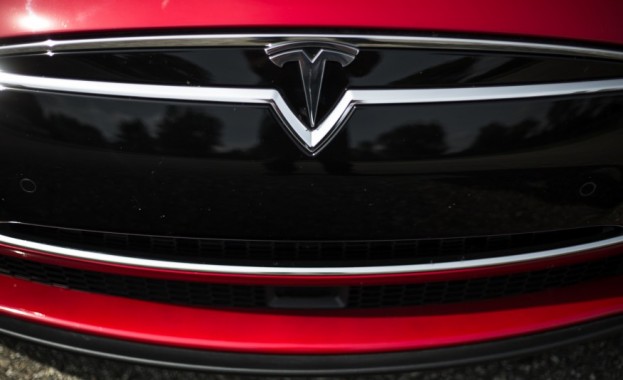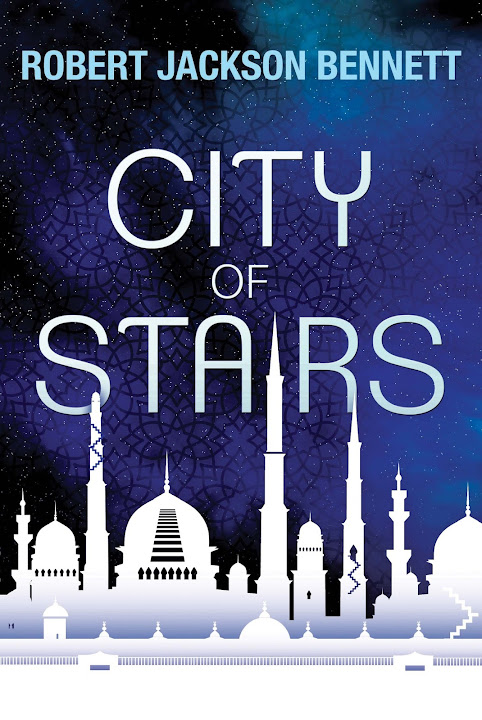Cu ceva timp în urmă mi‑am făcut timp să trec prin câteva din povestirile recomandate de scriitoarea franco-vietnameză Aliette de Bodard care de obicei are gusturi diferite de restul. La începutul anului ea a adăugat o nouă serie de recomandări pe blog și de data asta am selectat doar două dintre ele, deși acum mi s‑ar părea altele interesante – poate voi continua altădată cu restul.
Roshani Chokshi – The Star Maiden
Undeva în Filipine, Tala crește ascultând poveștile bunicii ei despre fosta ei viață ca fecioară din stele, până când bunicul Talei i‑a furat rochia și a păstrat‑o ca soție pe pământ. Dar pe măsură ce crește, fascinația și încrederea Talei în amintirile extravagante ale bunicii se dizolvă, înlocuite de dorința de emancipare și îndoială. Povestirea exploatează o temă mitologică cunoscută, a ființelor supranaturale sau vrăjite care sunt capturate de muritori și trebuie să‑și trăiască viața alături de ei ca oameni de rând. Am văzut‑o pusă pe hârtie recent în povestirea Ursulei Vernon Jackalope Wives, care reușește mult mai bine să îmbine mitologia cu un cadru recent. Deși relația dintre Tala și Lola e dezvoltată bine, consecvent, nu am simțit nici o conexiune cu personajele și nici cu povestirea în ansamblu, căreia nu i‑am văzut scopul; în fond e o simplă repovestire a conflictului între generații care nu aduce nimic original.
disponibilă online pe site‑ul Shimmer

